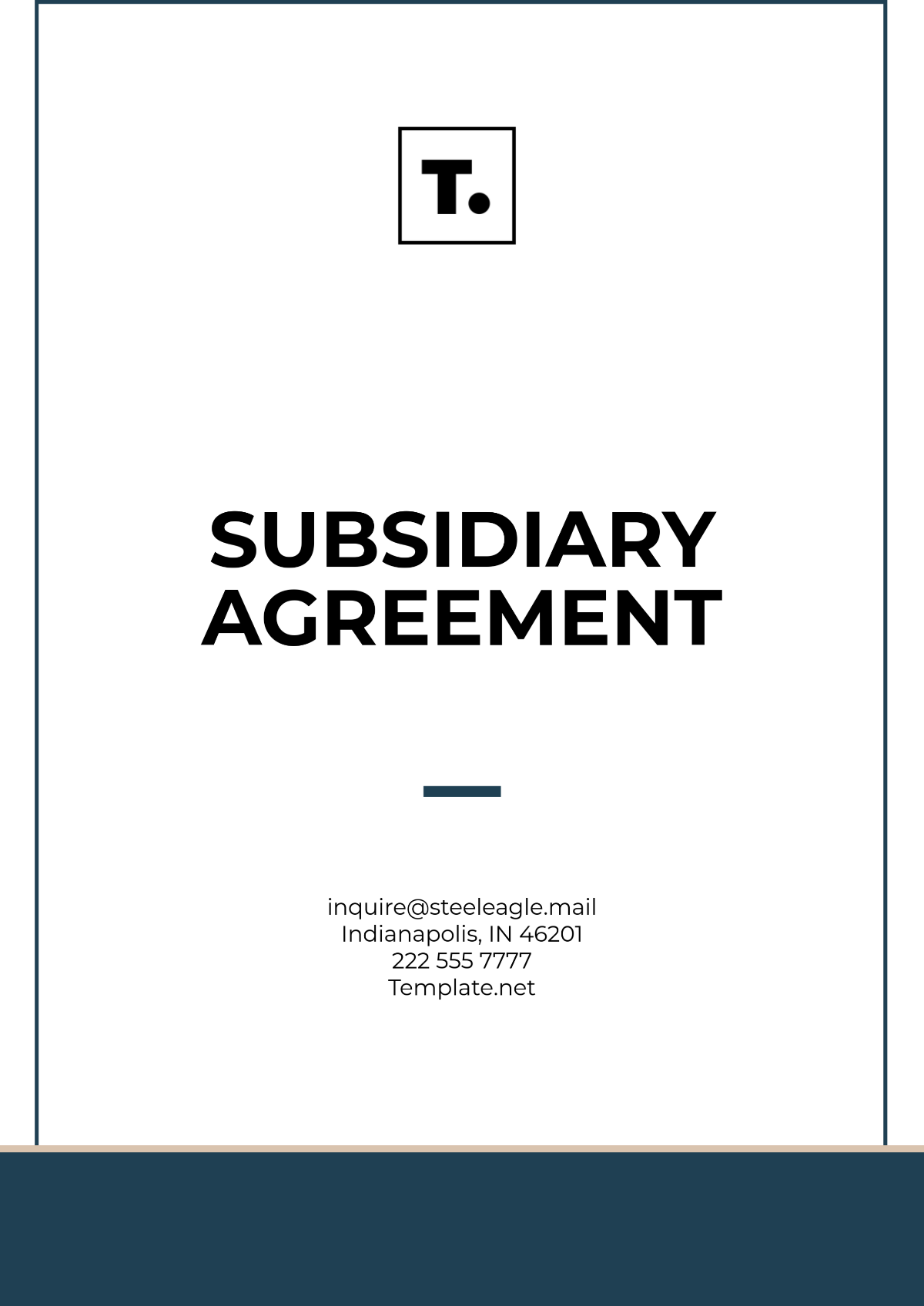Free How to Write an Intercompany Agreement Template
How to Write an Intercompany Agreement
Written by: [Your Name]
Date: June 10, 2050
An Intercompany Agreement is a legal document that outlines the terms and conditions governing the relationship between two or more related companies, typically within the same corporate group. This agreement is vital for ensuring clarity, minimizing risks, and ensuring compliance with applicable laws. Here’s a step-by-step guide on how to write an effective Intercompany Agreement.

1. Understand the Purpose of the Agreement
The first step in drafting an Intercompany Agreement is understanding its purpose. These agreements can serve several functions, including:
Setting terms for sharing resources, services, or goods between companies
Outlining the rights and responsibilities of each party involved
Protecting the interests of each entity
Ensuring compliance with tax, legal, and regulatory requirements
Before you begin drafting, it’s essential to determine the scope and objectives of the agreement.
2. Identify the Parties Involved
Clearly define the entities involved in the agreement. This typically includes:
The legal names of the companies or entities
Their legal status (corporation, LLC, etc.)
The jurisdictions where they are incorporated or operating
The specific business functions or services that are being governed
You’ll want to ensure the names of the parties are correct and consistent throughout the agreement.
3. Define the Scope and Nature of the Agreement
An Intercompany Agreement can cover a variety of transactions, including but not limited to:
Shared services (e.g., IT support, human resources)
Loan arrangements
Licensing and intellectual property rights
Distribution or sale of goods or services
Be specific about what is being shared, exchanged, or performed. For example, if one company is providing a service to another, describe the exact nature of the service, timelines, and performance expectations.
4. Outline Terms and Conditions
This section is the backbone of the agreement, where you define the rights and obligations of each party. It typically includes:
Payment terms: If there are payments involved, specify amounts, payment methods, and deadlines.
Term and termination: Define the duration of the agreement and the conditions under which it can be terminated, including any notice period required.
Responsibilities: Clearly define each party’s obligations. If one party is providing a service or product, detail the quality, quantity, and timelines involved.
Intellectual property: If relevant, specify the ownership and usage rights of intellectual property created or shared between the parties.
Confidentiality: Include confidentiality provisions to protect sensitive information shared between the parties.
5. Include Governing Law and Dispute Resolution
One of the most crucial aspects of an Intercompany Agreement is determining the legal jurisdiction that will govern the agreement. The parties should agree on which state or country's laws will apply in case of a dispute.
For example, if one party is based in Arizona, you may decide that Arizona law will govern the agreement. Additionally, outline the methods of dispute resolution, such as mediation, arbitration, or litigation, and the venue for such proceedings.
6. Consider Tax Implications
Intercompany Agreements often involve financial transactions, and these can have tax implications. Ensure the agreement complies with all applicable tax laws, including transfer pricing regulations. It may be necessary to consult with tax professionals to ensure that the terms of the agreement are structured in a tax-efficient manner.
7. Review and Finalize the Agreement
Once the terms are laid out, it’s important to have the agreement reviewed by legal counsel to ensure compliance with laws and that it is enforceable. It is advisable to check that:
All terms are clear and enforceable
It complies with local and international regulations (if applicable)
It aligns with the business objectives of both parties
8. Signatures and Execution
The final step is the signing of the agreement by authorized representatives of both parties. Ensure that:
The appropriate signatories are listed
The full names, titles, and contact information of the signatories are included
The date of signing is recorded
The signatories should have the legal authority to bind their respective companies.
Conclusion
Writing an Intercompany Agreement requires careful attention to detail and a thorough understanding of the relationship between the parties involved. By ensuring clarity in terms, responsibilities, and expectations, businesses can protect themselves legally and foster a successful working relationship between companies. Be sure to seek legal and financial advice to ensure that the agreement complies with relevant laws and regulations.
































